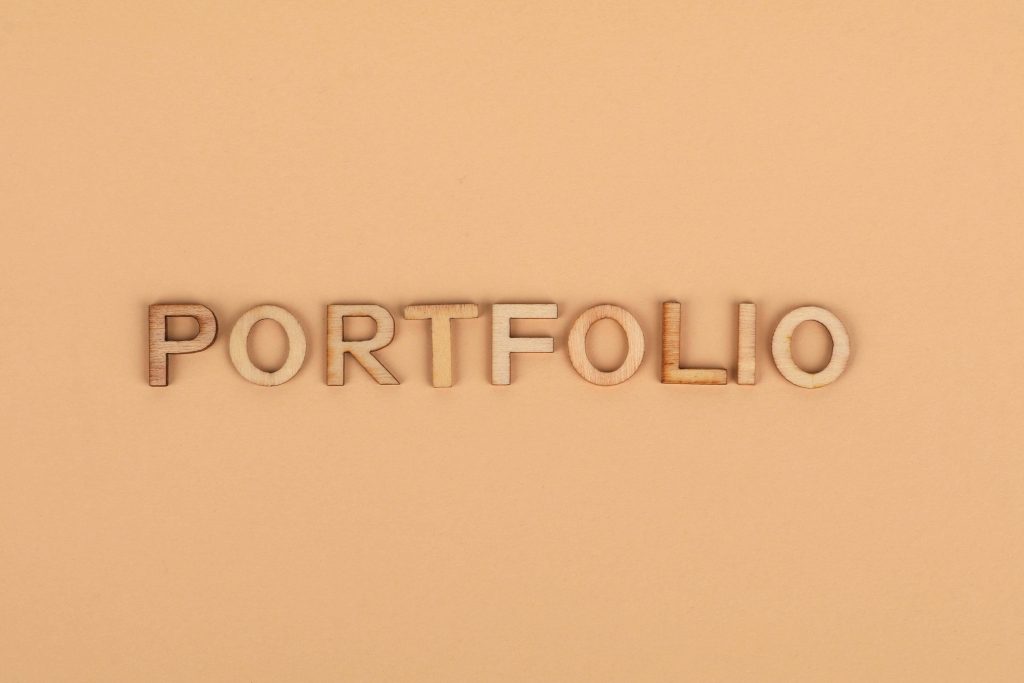
Today, there are many types of websites, and one of them is a portfolio website. This website is dedicated to your work, so it differs from others, such as e-stores. You may need it if you are a freelancer as it can help you attract clients.
But what is a portfolio website exactly and what benefits does it offer? Besides, how to make one? This blog post is for you if you are interested in making your portfolio!
What is a portfolio website?
A portfolio website is an online space where freelancers or other specialists showcase their work. This type of website is like a personal website, which aims to attract more clients rather than sell physical goods (like e-commerce websites). So, the purpose of a portfolio website is to present you as a specialist and encourage others to use your services.
Having a portfolio website is beneficial to various specialists, especially freelancers. For example, for those who work in the creative sphere (design, photography, marketing, writing, web development). Also, it is important to note that, besides showcasing your work, a portfolio can present your skills, experience, and achievements, therefore, it might be a great solution for you. It is a way to be visible online and expand your opportunities.
How to create a portfolio website?
Firstly, we need to emphasize that you can make your own portfolio by using online portfolio platforms. Even an Instagram account can be a good place to show your work. This way is an easy approach for everyone.
Therefore, if you want to level up your portfolio, you can choose another option – to create a portfolio website. The structure of this website can vary, but there should always be two basic parts: a homepage, where you introduce yourself and provide your contact information, and a portfolio, where you show your work. It can also include testimonials, your CV, additional information, and others.
Like any other website, it requires a theme and templates. And there are some things you need to know when choosing the right theme or template for a portfolio website:
- Choose the design that represents your work best. This means that you do not need fancy elements or decoration. The portfolio is all about your work, and additional features should not distract the visitors. The best option is to choose a minimalistic design with white/neutral colors. You can also add captions, but they should be short;
- Consider the structure of your theme or template. A portfolio website should not include all your work, but just the best examples. So, the structure of a website is also highly important – you need to decide what to show first and maybe create the categories. It is especially important in photography or similar fields;
- Take care of technical aspects. You should not underestimate technical aspects. Things like loading speed, design responsiveness, easy navigation, and others are the keys to a good user experience.
If you are looking to build your portfolio website more easily, check professional templates for your portfolio from Adveits.
Other tips for portfolio
Creating a portfolio is fairly easy, but you need to remember a few simple things. First of all, do not use too many graphical elements, but prefer a simple design that emphasizes your work. Second, carefully plan what to show and in what order. Thirdly, do not ignore technical aspects.
There are many other tips on how to create a portfolio. For example, including an engaging and easy-to-read content might be memorable and fun. Updating your portfolio regularly helps to keep it relevant and interesting, and writing a blog may benefit SEO. Also, a blog is a good way to express and present yourself even more.
